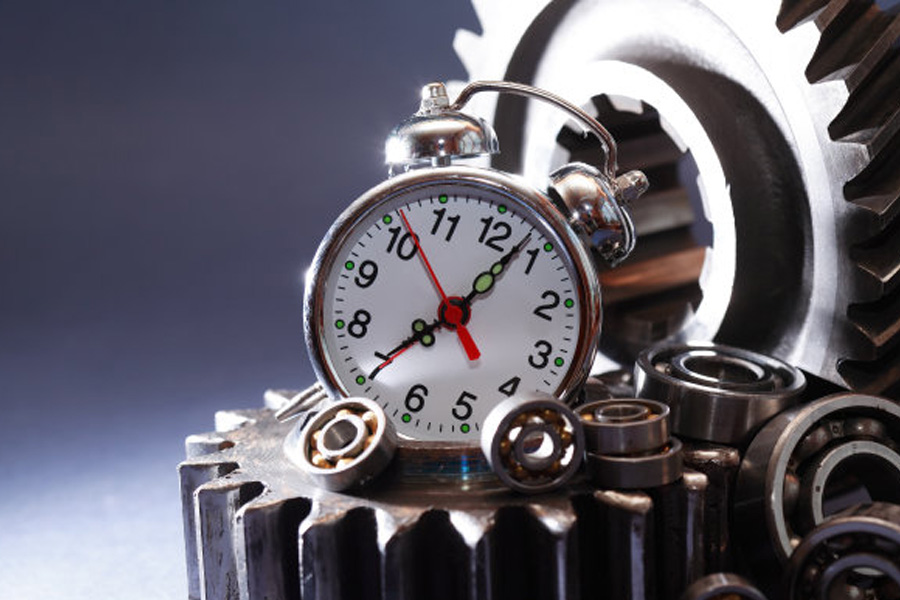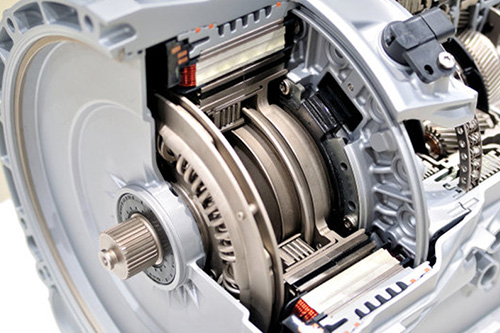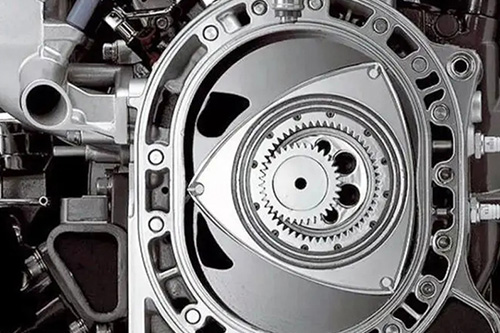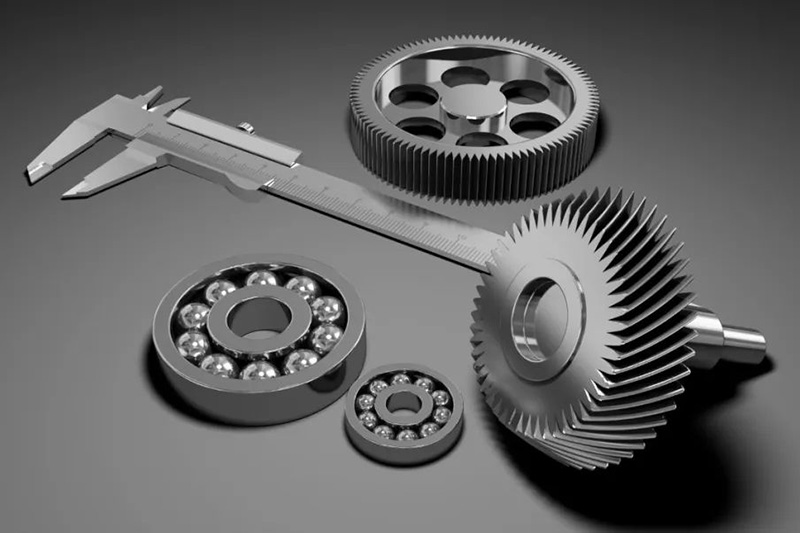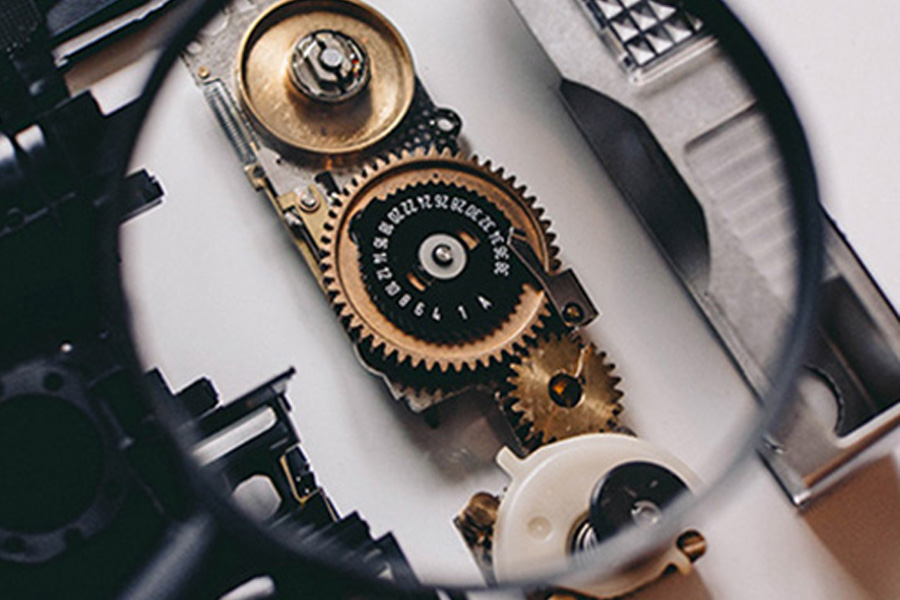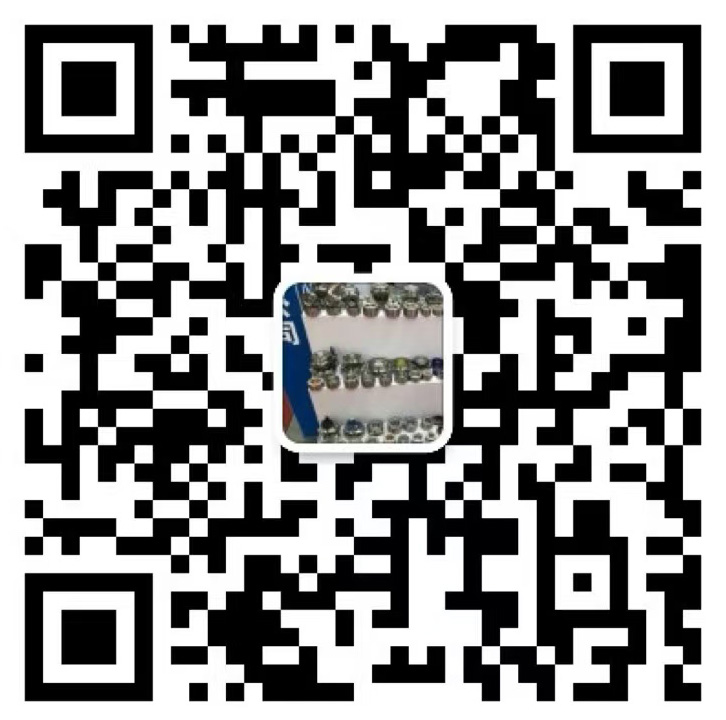The assembly of rolling bearings should be determined based on the structure, size, and fitting properties of the bearing components. The assembly methods for general rolling bearings include hammering, pressing, hot fitting, and cold shrinkage.
1. Preparation work before assembly of rolling bearings
(1) Prepare the necessary tools and measuring tools according to the bearings to be assembled. Inspect the parts that match the bearing according to the drawing requirements for defects, rust, burrs, etc.
(2) Clean the parts that match the bearings with gasoline or kerosene, wipe them clean with a clean cloth or blow dry with compressed air, and then apply a thin layer of oil.
(3) Check if the bearing model is consistent with the drawing.
(4) Bearings sealed with rust proof oil can be cleaned with gasoline or kerosene; Sealed with thick oil and rust proof grease, light mineral oil can be heated, dissolved, and cleaned. After cooling, it can be cleaned with gasoline or kerosene and wiped clean for later use; For bearings with dust covers, sealing rings, or coated with rust proof and lubricating grease on both sides, cleaning is not required.
2. Assembly method of rolling bearings
(1) Assembly of cylindrical bore bearings
① Non separable bearings (such as deep groove ball bearings, self-aligning ball bearings, self-aligning roller bearings, angular contact bearings, etc.) should be assembled in sequence according to the degree of tightness of the seat ring fit. When the inner ring fits tightly with the shaft neck and the outer ring fits loosely with the housing, first install the bearing on the shaft, and then install it together with the shaft into the housing. When the outer ring of the bearing is tightly fitted with the housing hole and the inner ring is loosely fitted with the shaft neck, the bearing should be pressed into the housing first; When the inner ring is tightly fitted with the shaft and the outer ring is tightly fitted with the housing hole, the bearing should be pressed onto both the shaft and the housing hole simultaneously,
② Due to the fact that the inner and outer rings of separable bearings (such as tapered roller bearings, cylindrical roller bearings, needle roller bearings, etc.) can be freely separated, the inner ring and rolling elements are installed together on the shaft during assembly, and the outer ring is installed inside the housing, and then the clearance between them is adjusted.
The commonly used assembly methods for bearings include hammering and pressing. Use a special sleeve to press the person, and symmetrically tap the person on the inner (or outer) end face of the bearing with a copper rod. The method of pressing the inner and outer rings of the bearing into the journal and bearing seat holes respectively using the pressing method.
If the journal size is large and the interference fit is also large, the hot fitting method can be used for assembly convenience, that is, the bearing is heated in oil with a temperature of 80-100 ° C and then matched with the shaft at room temperature. When heating the bearing, it should be placed on the inner grid of the oil tank to avoid contact with the bottom of the tank that is much higher than the oil temperature, and to prevent contact with sediment and dirt at the bottom of the tank. For small bearings, they can be hung on a hook and immersed in oil for heating. Bearings filled with lubricating grease and equipped with dust covers or sealing rings cannot be assembled using the hot assembly method.
(2) When the assembly interference fit of tapered hole bearings is small, they can be directly installed on the tapered shaft neck, or on the tapered surface of the tightening sleeve or retraction sleeve; For tapered bore bearings with large journal dimensions or large interference fit that are frequently disassembled, hydraulic sleeve method is commonly used for disassembly.
(3) The assembly of thrust ball bearings can be divided into loose and tight rings. During assembly, the tight ring should be placed against the end face of the rotating part, and the loose ring should be placed against the end face of the stationary part. Otherwise, it will cause the rolling elements to lose their function and accelerate the wear between the mating parts.
3. Testing method for errors in rolling bearing assembly parts
For spindle components with high precision requirements, in order to improve the rotational accuracy of the spindle, directional assembly is often used when assembling the bearing inner ring with the spindle and the bearing outer ring with the housing hole. Directional assembly is a method of artificially controlling the radial runout direction of various components, combining them reasonably, and using error cancellation to improve assembly accuracy. Before assembly, it is necessary to measure the deviation of the centerline of the taper hole at the end of the main shaft and the radial runout of the inner and outer rings of the bearing, determine the direction of the error, and mark it properly.
(1) Radial circular runout detection of bearing outer ring. When measuring, rotate the outer ring and press it in the direction of the dial gauge. The large reading on the dial gauge indicates a large radial runout of the outer ring.
(2) Radial circular runout detection of bearing inner ring. When measuring, the outer ring is fixed and does not rotate. A uniform measurement load F is applied to the inner ring end face, and the value of F varies depending on the type and diameter of the bearing. Then, the inner ring is rotated more than one revolution to measure the radial circular runout and direction of the inner hole surface of the bearing inner ring.
(3) Detection of the centerline of the spindle taper hole. When measuring, place the spindle neck on the V-shaped frame, insert the measuring heart shaft into the spindle taper hole, and rotate the spindle for more than one revolution to measure the deviation value and direction of the centerline of the cone L.
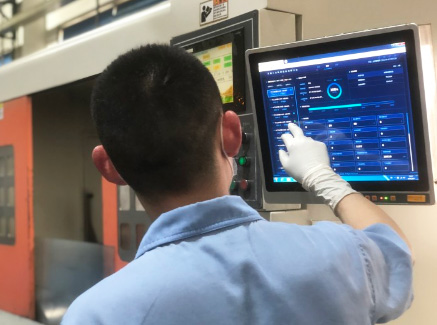 AboutThe business philosophy of "manufacturing with heart and providing sincere service" aims to repay new and old customers with exquisite technology, high-quality products, and perfect services
AboutThe business philosophy of "manufacturing with heart and providing sincere service" aims to repay new and old customers with exquisite technology, high-quality products, and perfect services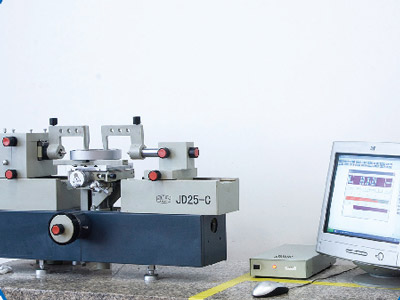 NewsElaborated development of high performance hub unit bearing, innovative design, excellent process and high-quality material selection help the vehicle drive safely.
NewsElaborated development of high performance hub unit bearing, innovative design, excellent process and high-quality material selection help the vehicle drive safely. ProductThe high-performance wheel hub unit bearings integrate advanced design and high-quality materials, injecting strong power into the safe driving of automobiles.
ProductThe high-performance wheel hub unit bearings integrate advanced design and high-quality materials, injecting strong power into the safe driving of automobiles.

